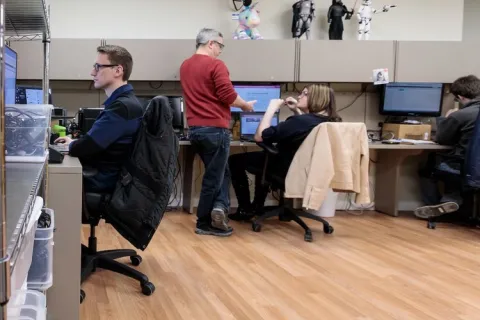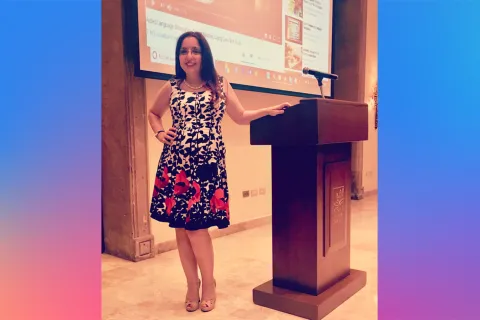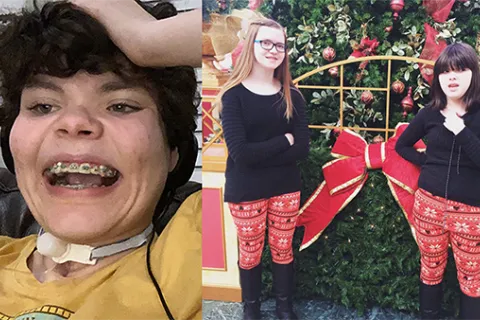Teaching peers about autism
School Community Tool Kit
Autism education or sensitivity training can occur in a generalized manner, in which students learn about acceptance and sensitivity not related to a particular student at school. It can also be much more specific to the needs of that student and his or her family.
It is very important to communicate with the parents or guardian of the child with autism before any sensitivity training is done.
The teacher or school psychologist leading the class discussion should reach out to the parents or guardian of the child with autism to understand what they are comfortable with in terms of disclosure. Some families may be comfortable with general sensitivity training and acknowledgment of their child’s strengths and challenges to the class, but not with sharing the autism diagnosis. Other families are more open about their child’s diagnosis and are willing to be active participants in the education and sensitivity training. These are personal decision that each family must make and schools should honor. These decisions can also change over time as the needs of the student with autism may change.
It is also important to keep in mind that some families may not have told their children about their diagnosis yet.
Some children may know that they have autism but may not want to share their diagnosis with their classmates. Again, these are individual decisions. The other consideration to discuss in advance is if the student with autism will be present during the sensitivity training. Some families want their children be active participants in the training process, and others might prefer that it’s done when the student is out of the classroom.
Many schools have found it helpful to have a parent, caregiver or school representative who knows the student well introduce the student at the beginning of the school year or during a new inclusion opportunity. If the family or team feels that protecting the student’s privacy is important, the student may not even be mentioned by name and general sensitivity and acceptance may be all that is addressed. Out of respect for the student, a more specific introduction can also be done when he or she is not in the room. It is important to present the student as a person with unique abilities and similarities (a family, siblings, pets, love of music, favorite foods, video games, movies, etc.), while also sharing some of the challenges and differences the students might notice or need to be aware of, such as sensory needs.
Informing peer families
In addition to addressing peers, it is also important to reach out to their families. Many parents will not have had experience with autism, and may not understand or have the tools they need to appropriately support their children in fostering relationships with children who seem different. Involving the overall school community will build awareness and sensitivity and benefit everyone involved.
Families of peers can be informed through assemblies or Parent Teacher Organizations (sometimes called Home & School Organizations). In some cases, it may be necessary to inform the peers’ families more directly within a classroom or grade level. Some families may prefer to protect their child’s privacy (which is their right), while others might be inclined to share information in a letter or meeting about their student’s challenges and interests, finding that greater understanding and perspective within the community will reduce fear and improve acceptance.
Find a list of resources by age and learn more ways to support students with autism in school in the Autism Speaks School Community Tool Kit.








